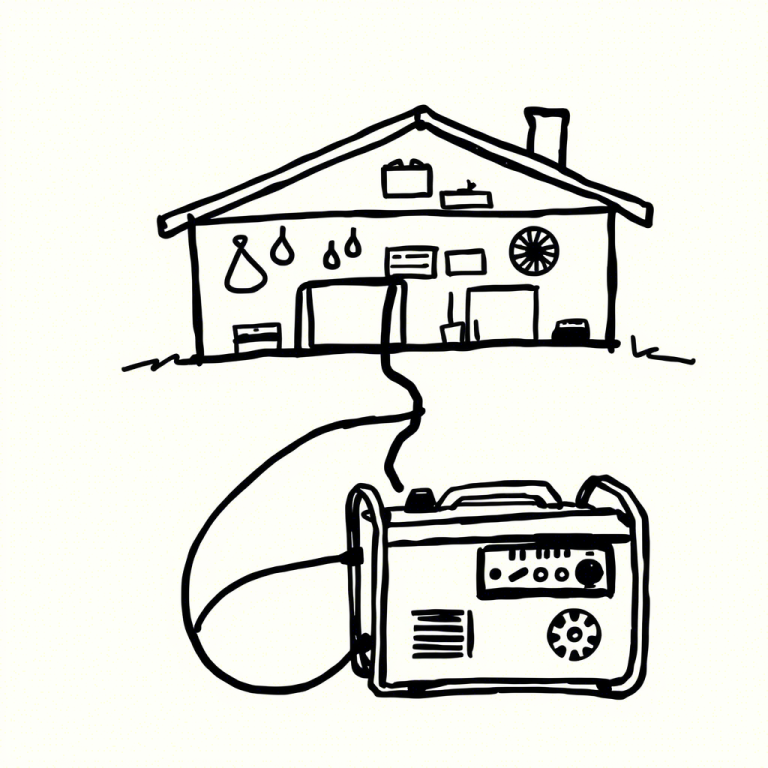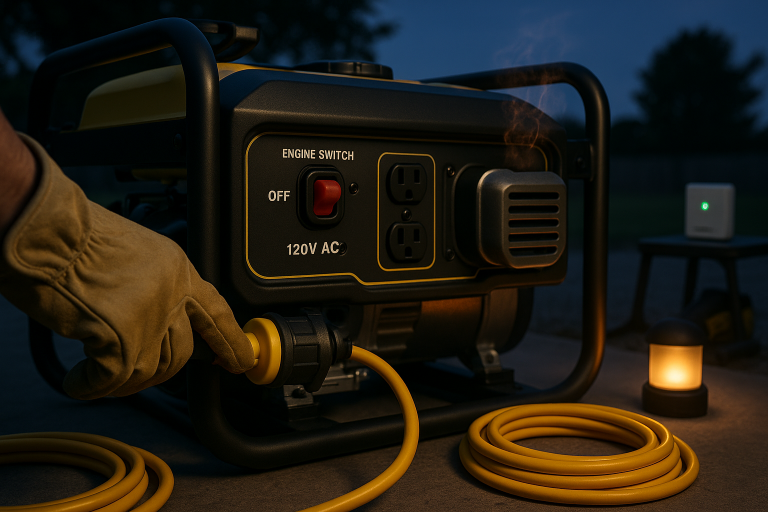How do I choose the right portable power station for my needs?
When it comes to powering my outdoor adventures, I always make sure to have a portable power station on hand. Whether I’m camping in the wilderness or working on a construction site, a portable power station gives me the freedom to charge my devices and power my tools without being tethered to a wall outlet. But with so many options on the market, it can be overwhelming to choose the right one for my needs. In this article, I’ll share some tips on how to choose the right portable power station for your needs.
First, let’s define what a portable power station is. A portable power station, also known as a portable generator or a battery power station, is a compact and portable device that stores energy in batteries and can be used to power devices and tools. It’s a great alternative to traditional gas-powered generators, as they are more environmentally friendly, quieter, and can be used in more places.
When choosing a portable power station, it’s important to consider the following factors:
Capacity
The first thing to consider when choosing a portable power station is the capacity. The capacity is measured in watt-hours (Wh) and it tells you how much energy the battery can store. The higher the capacity, the more devices and tools you can power for a longer period of time.
For example, if you’re planning to use your portable power station to power a small camp lights, a phone, and a tablet, you’ll need a portable power station with a capacity of at least 3000Wh. But if you’re planning to use it to power larger devices like a refrigerator or a power tools, you’ll need a portable power station with a capacity of at least 6000Wh.
Output
Another important factor to consider is the output of the portable power station. The output is measured in watts and it tells you how much power the device can deliver at a given time. The higher the output, the more devices and tools you can power simultaneously.
For example, if you’re planning to use your portable power station to power small camp lights, a phone, and a tablet, you’ll need a portable power station with an output of at least 200W. But if you’re planning to use it to power larger devices like a refrigerator or power tools, you’ll need a portable power station with an output of at least 1000W.
Portability
Portability is another key factor to consider when choosing a portable power station. Some portable power stations are lightweight and easy to carry around, while others are heavier and bulkier. If you’re planning to use your portable power station while on the go, you’ll want to choose a device that is lightweight and easy to carry.
For example, a portable power station like the Jackery Explorer 1000 is lightweight and compact, making it easy to take on camping trips or to a construction site. While a portable power station like the Goal Zero Yeti 3000X, is heavy, it comes with wheels, making it easy to move around a construction site or a workshop.
Additional features
Finally, consider any additional features that may be important to you. Some portable power stations come with built-in inverters, which allow you to use AC power tools. Others come with USB ports, which allow you to charge your devices. Some even come with solar panels, which allow you to recharge the battery using solar power.
For example, if you’re planning to use your portable power station to power AC power tools, you’ll want to choose a device that comes with a built-in inverter. If you’re planning to charge your devices, you’ll want to choose a device that comes with USB ports. And if you’re planning to use your portable power station in remote areas, a device with solar panels will be a great option.
| Factors | Consideration |
|---|---|
| Capacity | The capacity is measured in watt-hours (Wh) and it tells you how much energy the battery can store. The higher the capacity, the more devices and tools you can power for a longer period of time. |
| Output | The output is measured in watts and it tells you how much power the device can deliver at a given time. The higher the output, the more devices and tools you can power simultaneously. |
| Portability | Consider how portable the device is, how lightweight and easy to carry around. |
| Additional features | Consider any additional features that may be important to you like built-in inverters, USB ports, and solar panels. |
Conclusion
Choosing the right portable power station for your needs can be a daunting task, but by considering the factors mentioned above, you’ll be able to narrow down your options and select a device that is best suited for your needs. Remember to consider the capacity, output, portability, and additional features that are important to you. And always do your research, read reviews and compare products before making a final decision.
In short, it’s all about matching your needs with the right portable power station. A portable power station like the Jackery Explorer 1000 is great for camping trips and other outdoor activities, while a portable power station like the Goal Zero Yeti 3000X is more suited for construction sites and workshops. And don’t forget to consider additional features like built-in inverters, USB ports, and solar panels if they’re important to you.


